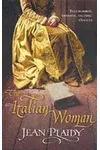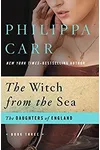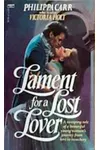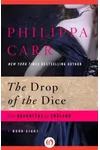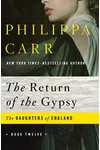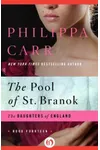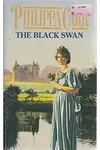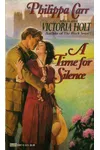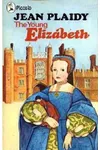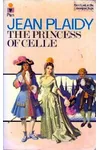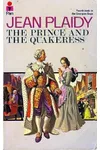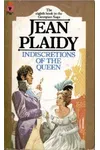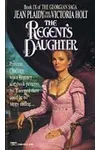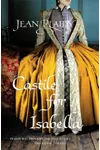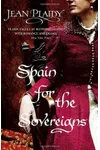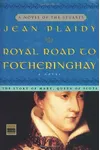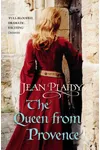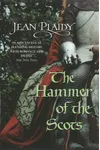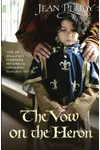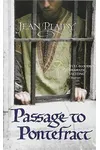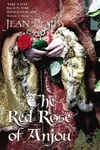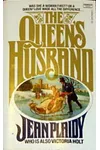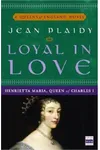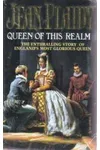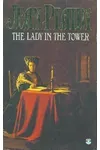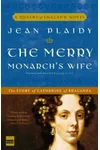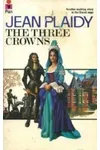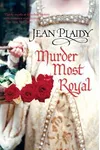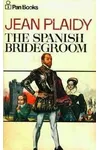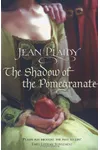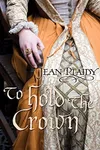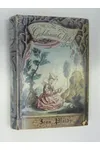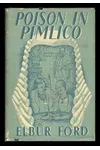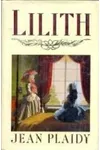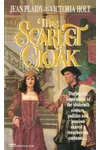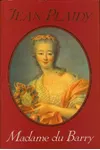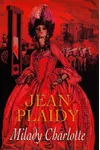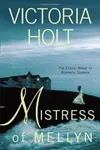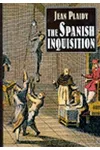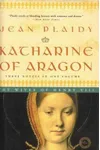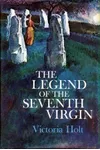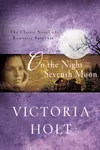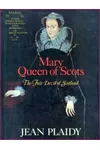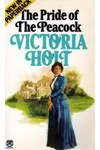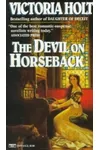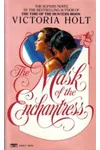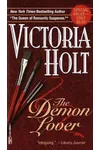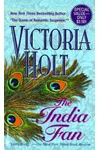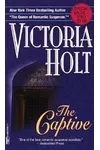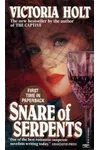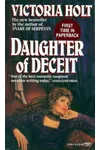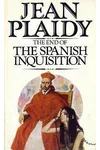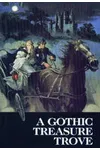Picture a British storyteller who spun tales of royal intrigue, gothic romance, and sweeping family sagas—meet Eleanor Hibbert! Born Eleanor Alice Burford in 1906, this prolific author enchanted millions under pseudonyms like Jean Plaidy, Victoria Holt, and Philippa Carr. With over 200 books selling more than 100 million copies, Hibbert’s richly researched stories continue to captivate readers worldwide.
From her London roots to her cruises across exotic seas, Hibbert wove history and heart into every page. Her ability to craft strong female characters and immersive worlds made her a 20th-century literary icon. Let’s dive into her remarkable life and legacy!
The Making of Eleanor Hibbert
Eleanor Alice Burford was born on September 1, 1906, in Canning Town, London, to a dock laborer father, Joseph Burford, who instilled in her a love for books. Health issues led to home education, but her passion for reading flourished. By 16, she studied shorthand, typewriting, and languages at a business college, later working as a jeweler’s assistant and language interpreter. In her early twenties, she married George Percival Hibbert, a leather merchant who shared her literary zeal, giving her the freedom to pursue writing.
Initially, Eleanor emulated literary giants like the Brontës and Dickens, penning nine unpublished novels in the 1930s. A Daily Mail editor’s advice to try romantic fiction sparked her career. In 1941, she published her first novel, Daughter of Anna, under her maiden name, Eleanor Burford, setting the stage for her prolific journey.
Eleanor Hibbert’s Unforgettable Stories
Hibbert’s genius lay in her versatility, writing across genres under multiple pen names. As Jean Plaidy, she crafted nearly 90 historical novels, like Beyond the Blue Mountains (1947), a vivid tale of 18th-century Australia, and The King’s Secret Matter (1962), diving into Henry VIII’s court. Her Plaidy works, often used in British history classes, blended meticulous research with royal drama.
Under Victoria Holt, Hibbert pioneered gothic romance with Mistress of Mellyn (1960), a Cornish tale of mystery and suspense that became a bestseller. Her 32 Holt novels, like The Shadow of the Lynx (1971), featured strong heroines navigating eerie manors. As Philippa Carr, she wrote the 17-novel Daughters of England saga, starting with The Miracle at St. Bruno’s (1972), tracing a family through centuries. Hibbert also explored crime and mystery as Elbur Ford and Kathleen Kellow, with novels like Poison in Pimlico (1950).
Her style was immersive, with richly detailed settings and emotionally complex characters. Whether writing about Tudor queens or haunted estates, Hibbert’s narratives hooked readers with suspense and heart, earning her the 1989 Romance Writers of America Golden Treasure award.
Why Eleanor Hibbert Matters
Hibbert’s impact on historical and gothic romance is monumental. Her Jean Plaidy novels brought history to life, making figures like Marie Antoinette accessible and engaging. Her Victoria Holt books set a standard for gothic romance, inspiring countless authors. With translations in 20 languages, her stories resonated globally, proving the universal appeal of well-crafted tales.
Despite shunning publicity, Hibbert’s legacy endures through her devoted readers and the timeless quality of her work. Her ability to balance historical accuracy with gripping storytelling remains unmatched, cementing her as a trailblazer in romance and historical fiction.
About Eleanor Hibbert
- Born: September 1, 1906, Canning Town, London
- Key Works: Mistress of Mellyn, Beyond the Blue Mountains, The Miracle at St. Bruno’s
- Pseudonyms: Jean Plaidy, Victoria Holt, Philippa Carr, Elbur Ford, Kathleen Kellow, and more
- Award: 1989 Romance Writers of America Golden Treasure
- Died: January 18, 1993, at sea
Snag Mistress of Mellyn or Beyond the Blue Mountains and dive into Eleanor Hibbert’s spellbinding world of romance and history!

